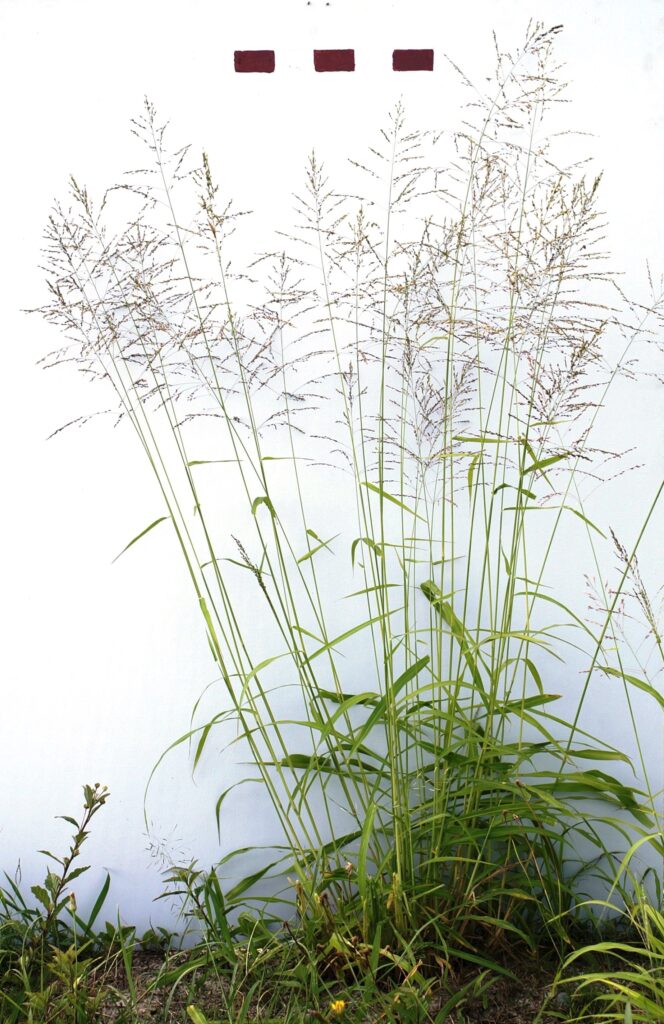Guinea Grass – A Versatile & Sustainable Crop
Guinea grass (Panicum maximum) is an African grass species that has been around for centuries and is grown in many parts of the world. The grass is commonly used as a forage crop, but it also has other uses, including as a soil amendment and an ornamental plant. Additionally, its high yields and low water requirements make guinea grass an attractive option for sustainable farming.
What is Guinea Grass?
Guinea grass is a perennial grass species native to Africa, with a history of cultivation stretching back to the early 1800s. The plant has been used throughout Africa, India, and South America as a forage crop for livestock, and it is now grown in many parts of the world.
The grass is characterized by its upright stems with an open, spreading growth habit and leaf blades that are 20-40 cm long. The stems are light green in color and the leaves are bright green. Guinea grass is relatively tolerant of both drought and nutrient-poor soils, making it a good choice for marginal areas.
Uses of Guinea Grass
Guinea grass is widely used as a forage crop, providing a high-yielding source of food for grazing livestock. In addition, its high yields and low water requirements make it an attractive option for sustainable farming.
The grass can also be used as a soil amendment. Its deep and extensive root system helps to increase soil fertility and improve soil structure. This makes it a valuable tool for improving soil health in degraded areas.
The plant is also a popular ornamental grass, with its bright green leaves and upright stems providing a striking contrast in a garden setting.
Benefits of Guinea Grass
Guinea grass has many benefits that make it a valuable crop. Its deep root system makes it highly drought-tolerant, and its high yields make it an excellent choice for livestock forage. The grass is also well-suited to marginal lands, making it a great choice for sustainable farming.
The plant is also easy to grow and maintain, and its deep roots make it an excellent soil amendment. Furthermore, the grass can be used as a decorative plant, providing a striking contrast in a garden setting.
Cultivation of Guinea Grass
Guinea grass is a hardy and easy-to-grow crop, but it does require some specific care and cultural practices to ensure optimal yields.
The grass should be planted in full sunlight on well-drained soils with a pH of 6-7.5. It is important to ensure that the soil is free of weeds before planting, as the grass is slow to establish and can be out-competed by weeds.
Once planted, the grass should be given regular water, either by irrigation or rainfall. Fertilization is usually not necessary, but if needed, a high-phosphorus fertilizer should be used.
Conclusion
Guinea grass is a versatile and sustainable crop that has many uses, including as a forage crop, a soil amendment, and an ornamental plant. The grass is tolerant of drought and nutrient-poor soils, and its high yields and low water requirements make it an attractive option for sustainable farming. Careful cultivation practices are necessary to ensure optimal yields, but with the right care, guinea grass can be a valuable addition to any farm.

